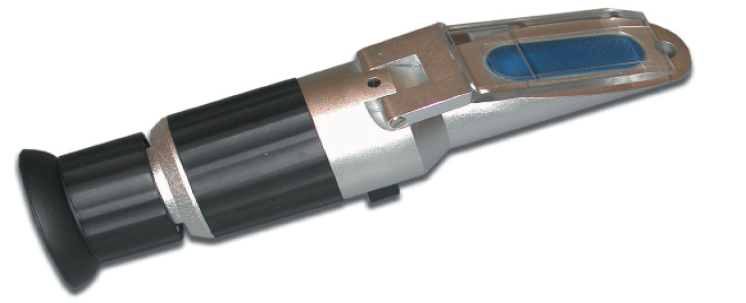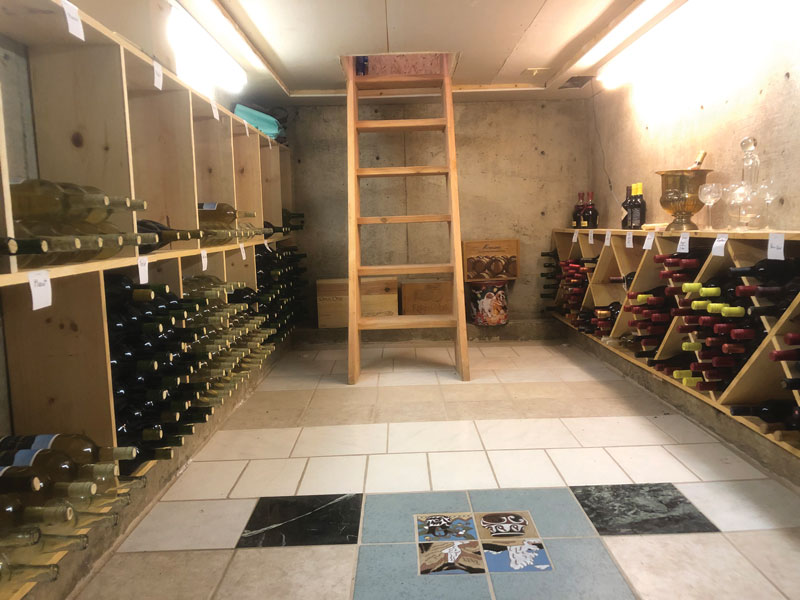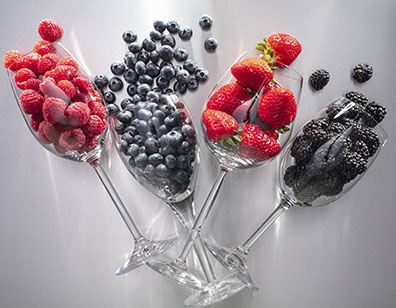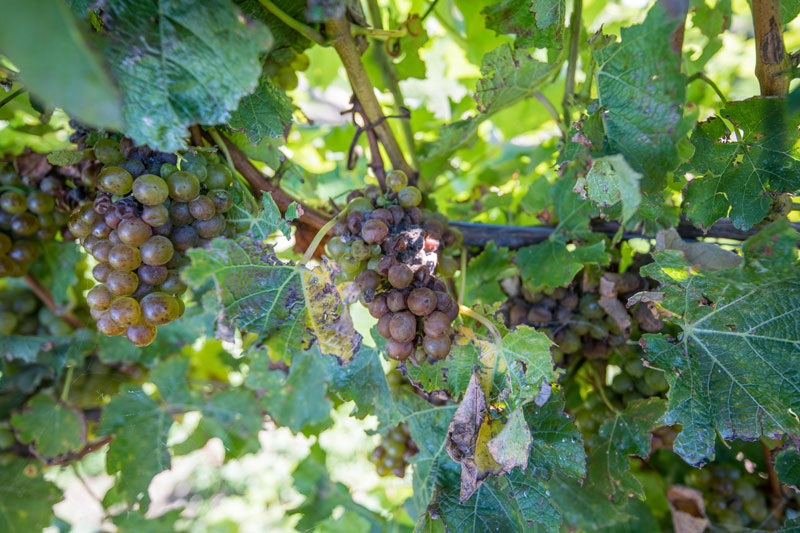Understanding Brix Readings
One of the most important measurements a winemaker must stay on top of from the time grapes begin to mature in the vineyard through the end of fermentation is degrees Brix. Brix, a term that may be new to you when you first start making wine, is the percentage of sugar by weight in a liquid. The sugar level is determined by the specific gravity of the juice, and because water has a specific gravity of 1, Brix can also be expressed as a percentage of sugar in the liquid. For instance, if a juice measures 20 °Brix, that means the juice is 20% fermentable sugar. Although defined specifically as percent sugar (sucrose), all dissolved solids in the juice affect the Brix measurement.
Why Measure Brix?
Knowing the level of sugars is important throughout winemaking, but let’s start in the vineyard. One of the best ways to gauge when to harvest grapes (along with visual clues and taste) is measuring the sugar levels of grapes. Brix can roughly be multiplied by 0.55 to determine the amount of alcohol the resulting wine will have if fermented to dryness. White grapes are generally harvested between 20–24 °Brix, which will yield a wine of 11–13.3% alcohol by volume (ABV). Red wines, which are usually slightly higher in alcohol, are often made from grapes harvested from 22–26 °Brix, yielding wines in the range of 12.1–14.3% ABV. If a grape’s Brix is too low the resulting wine will be low in alcohol and higher in acidity, whereas too high of a Brix reading will result in unbalanced wines in the other direction and potentially lead to fermentation problems if the yeast cannot handle such high alcohol levels. Harvest decisions should never be made on Brix alone, but having an understanding of the potential alcohol is a key factor in making the decision on when to pull the trigger on harvest.
Once grapes are harvested, measuring Brix in your fermenting must is just as important as a way to track fermentation progress. As more sugars are consumed by yeast, the Brix reading will decrease. When a wine is fermented to dryness, the Brix reading will be below 0, alerting you that fermentation is complete. If Brix readings a day or two apart during fermentation are unchanged, this is a sign that fermentation could be stalled and that it is time to intervene to get it going again (more on dealing with a stuck fermentation can be found here: http://winemakermag.com/story704)
How to Measure Brix


Brix is measured using one of two instruments — a refractometer (pictured above) if measuring grape juice prior to fermentation, or a hydrometer (pictured to the right) if measuring juice during or post fermentation.
To use a refractometer, juice is squeezed on one end and then you look through the sight glass on the other end. The refractive effects of sugar on light will give a Brix reading on a scale in the refractometer. When getting Brix readings from grapes, it’s important to mix many grapes from various areas in the vineyard, pulling samples from different heights and depths of the vines to get a good feel for the entire vineyard’s bounty and not just a small snapshot. To do this, randomly pick 50–100 berries and crush them together in a bag, then take a juice sample to measure in the refractometer.
Refractometers are only used prior to fermentation as the readings are skewed by alcohol, resulting in false readings. Once alcohol is present (any time after fermentation has begun), a hydrometer is the preferred tool for measuring your Brix readings. Hydrometer readings will also be skewed in the presence of alcohol, but in a predictable fashion. A hydrometer is made of glass with a weight at the bottom and typically has three scales of measurement above that (Brix, specific gravity, and potential alcohol). When placed in liquid, the weighted end is submerged and the top floats above the liquid. Ethyl alcohol is lighter than water, so wine with all its sugars fermented out will provide a reading that is less than 0 °Brix. The more ethyl alcohol in the wine, the lower the reading will measure. To take a hydrometer reading, use the numbers on the Brix scale of the hydrometer that are lined up with the top of the liquid.
By understanding the Brix of your wine at every stage of the process, you will be in a position to make educated decisions to positively impact your wine and cut problems off before they cannot be corrected.




